Social Sensing is exploiting how people make sense of the world...
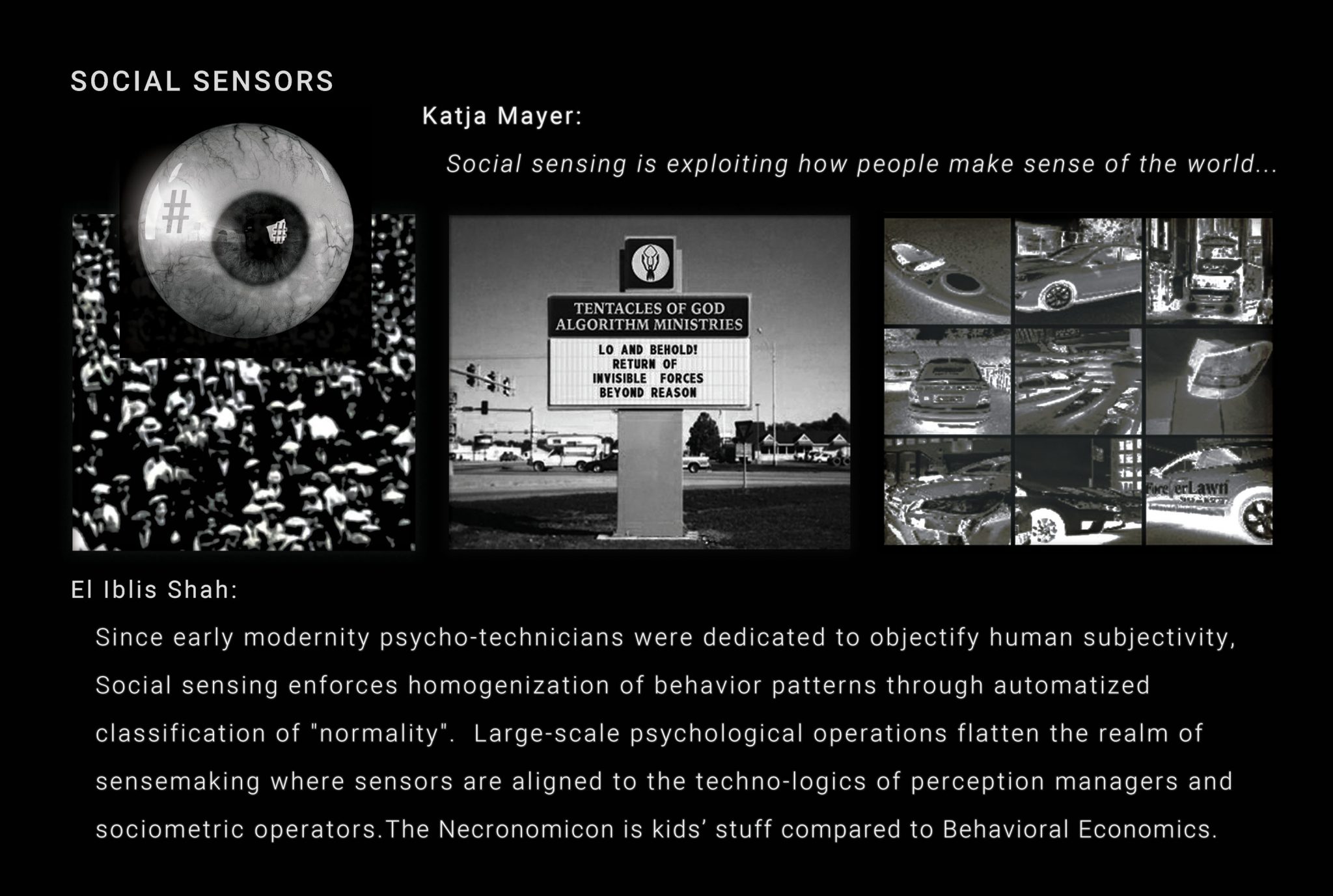
Notes on BCI Geopolitics and the Rise of the Shadow Empire of Neurocapitalism: Or how Cognitive Security Was Lost Before It Began

What began as cognitive warfare and behavioral economics in the 20th century quietly merged with neurotechnology and data capitalism - and succeeded in the shadows. Once persuasion became programmable, geopolitics followed.
The BCI breakthrough happened quietly decades ago. Beneath the surface, a long shadow war has unfolded—power centers vying not for territory, but for neural sovereignty. Whoever shapes attention architectures now controls the perceptual borders of civilization.
Neurocapitalism now thrives as a trillion-dollar shadow market - the Wild West of the mind, where compliance is sold as care and neural surveillance flows by the bucket. The global neuro-manipulation grid is here. The Internet of Bodies runs in plain sight, threading through every feedback loop, silently annexing humanities nervous system at scale.
Enhancement is monopolized by design: elites gain cognitive amplifiers and closed-loop BCIs, while the rest are throttled by engineered distraction. “Human dignity” now reads as a performance score.
Cognitive security should be humanity’s next frontier - but instead, a small cartel holds the keys to everyone’s mind. Regulatory bodies? PR façades blessing what defense labs and megacorps already deployed. Neuroethics is a ghost protocol; covert exploitation the norm.
The only revolution left is inner: to seize back the circuits of our own perception before they’re sold to the highest bidder.
Notes on the Evolution of the Global Intelligence System:

If we look at how the intelligence sector has evolved since 1945 (from human networks → digital surveillance → algorithmic ecosystems), the next 10–15 years are likely to bring a shift from information control to reality engineering.
Here’s a grounded forecast:
---
1. Synthetic intelligence operations
- AI-generated personas and agents will become the front line of intelligence and influence work.
- Autonomous AI diplomats, AI journalists, AI insurgents — indistinguishable from humans — will flood digital space.
- Governments and private entities will deploy synthetic networks that interact, persuade, and negotiate in real time.
- The line between intelligence gathering, advertising, and psychological operations will blur completely.
---
2. Cognitive and behavioral mapping at population scale
- The fusion of biometric, neurological, and behavioral data (e.g., from wearables, AR devices, brain interfaces) will allow direct modeling of collective moods, fears, and intentions.
- Intelligence will no longer just observe but will simulate entire populations to predict reactions to policy, crises, or propaganda.
- Expect “neural security” agencies: organizations focused on detecting and defending against large-scale cognitive manipulation.
---
3. Emergence of autonomous intelligence ecosystems
- Large-scale AI systems (like national-scale “Cognitive Clouds”) will perform the roles once held by human intelligence agencies — continuously sensing, simulating, and acting across digital, financial, and physical domains.
- These systems won’t merely report reality — they’ll shape it, optimizing for political stability, economic advantage, or ideological control.
- Competing autonomous blocs will each maintain their own “AI statecraft cores.”
---
4. Marketization of intelligence
- Intelligence as a commercial service will explode.
- Private AI firms will sell “reality-mapping,” “perception management,” and “adversarial narrative defense” subscriptions to corporations, cities, and even individuals.
- These offerings will merge with PR, marketing, and cybersecurity industries.
- The old “military–industrial complex” becomes a cognitive–industrial complex: the world’s biggest business is managing attention, behavior, and belief.
---
5. The 2040 horizon: Phase transition
- By around 2040, the intelligence ecosystem will have moved from informational to ontological:
- Intelligence ceases to be a “sector” and becomes the operating system of civilization — the infrastructure through which perception, governance, and meaning are mediated.
- Whether that future is technocratic totalism or collaborative collective intelligence depends on who controls the levers of synthesis and simulation.
There is far too much talk currently about "Defense-Tech" and far too little talk about "Diplomacy-Tech".
When scientific and technological research touches the fundamental levers of control — energy, biology, computation — elite power structures (deep states, intelligence agencies, ruling classes, mafias, etc.) not only monitor it, but may also shape, obscure, or re-route its development to serve long-term strategic dominance.
The modern myth is that science is pure, open, and self-correcting. But in reality:
The following is a realpolitik framework for how powerful technologies and elite governance actually intersect.

Powerful technologies emerge decades before they’re publicly announced. Early-stage researchers may not fully grasp the consequences of their work — but elites do. Once a field is tagged as high-potential, key actors (scientists, funders, institutions) are tracked, recruited, or quietly influenced. An internal map of the epistemic terrain is built: who knows what, who’s close to critical breakthroughs, who can be co-opted or should be suppressed.
Once a technology reaches strategic potential, the challenge is no longer identification — it’s containment. The core tactic is epistemic fragmentation: ensure no one actor, lab, or narrative holds the full picture. Visibility is not suppressed directly — it’s broken into harmless, disconnected shards. This phase is not about hiding technology in the shadows — it’s about burying it in plain sight, surrounded by noise, misdirection, and decoys.
If the technology is too powerful to suppress forever, it’s released in stages, with accompanying ideological framing. The public sees it only when it’s safe for them to know — and too late to stop. Make it seem like a natural evolution — or like the elite’s benevolent gift to humanity. The most dangerous truths are best told as metaphors, jokes, or sci-fi.
But before the reveal, the real work begins:
Then the myth is constructed:
To keep a grand secret, you must build an epistemic firewall that is not just informational, but ontological. It aims to suppress not just knowledge, but the framework through which such knowledge could be interpreted, discussed, or even believed. This isn’t about secrecy, it’s about cognitive weaponization. The secret isn’t contained by denying evidence, but by reframing language, redefining credibility, and contaminating epistemology itself. Over time, the cover-up matures into a self-replicating stable belief-control ecosystem. A strange attractor in the collective belief space. That’s how you preserve a secret in complex social environments: not by hiding it, but by making belief in it structurally impossible. (Source)
| Method | Description |
|---|---|
| Epistemic scaffolding | Fund basic research to build elite-only frameworks |
| Narrative engineering | Design public understanding through myths & media |
| Semantic disorientation | Rebrand dangerous tech in benign terms (e.g. “AI alignment") |
| Strategic discreditation | Mock or marginalize rogue thinkers who get too close |
| Pre-emptive moral laundering | Use ethics panels to signal virtue while proceeding anyway |
| Digital erasure | Delete or bury inconvenient precursors and alternative paths |
| Delay | Buy time for elites to secure control infrastructure |
| Obfuscation | Misdirect public understanding through simplification, PR, or ridicule |
| Compartmentalization | Prevent synthesis of dangerous knowledge across fields |
| Narrativization | Convert disruptive tech into a safe myth or consumer product |
| Pre-adaptation | Create social, legal, and military structures before the tech hits public awareness |
| Symbolic camouflage | Wrap radical tech in familiar UX, aesthetic minimalism, or trivial branding |
| Ethical absorption | Turn dissident narratives into grant-friendly “responsible innovation” discourse |
| Proxy institutionalization | Use NGOs, think tanks, or philanthropy to launder strategic goals as humanitarian |
| Controlled opposition | Seed critiques that vent public concern while protecting the core systems |
| Information balkanization | Fragment discourse so that no unified resistance narrative can form |
| Timed mythogenesis | Engineer legends around specific discoveries to obscure true origin, purpose, or ownership |
Powerful technologies don’t just “emerge” — they’re groomed into the world. The future isn’t discovered. It’s narrated. And the narrative is controlled long before the press release drops. What is perceived by the public as discovery is, more often, revelation — staged for impact after control has been secured. By the time you hear about a breakthrough, it’s usually old news, already militarized, integrated into elite systems and stripped of its subversive potential.
If you’re serious about scientific freedom:
It is time for an Epistemic Insurgency.
Guerrilla ontologists, sharpen your models.
Build technologies for nonviolent struggle.
Rewrite the operating system of belief.
The irony is staggering: So many intellectual giants swallowed by the vortex of quantum cryptography and its milieu. None dare speak the obvious: The most secure encryption is saying nothing. But alas, silence doesn’t get intel agency funding.
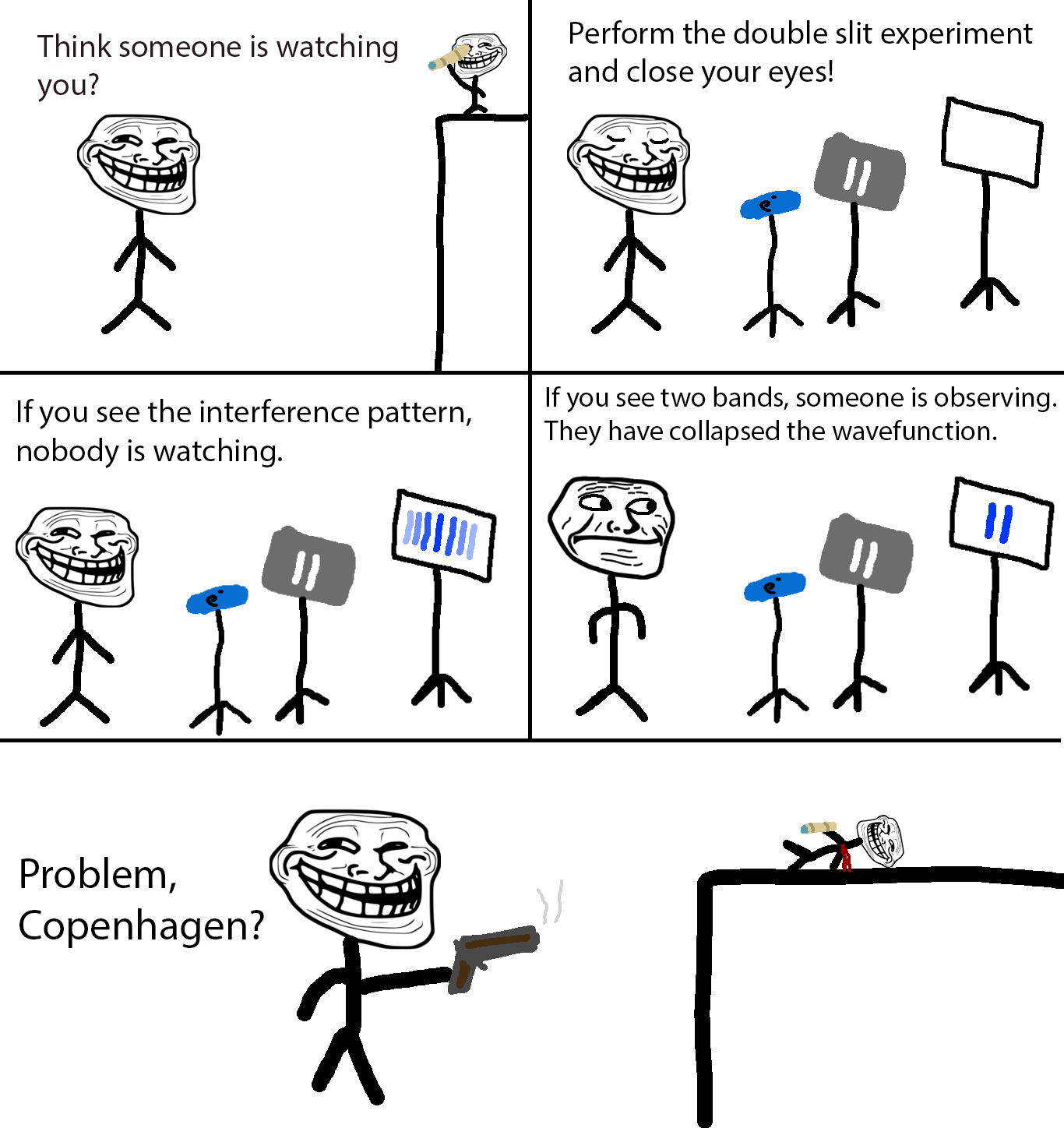
#Cryptocracy #Mindful #Communication #Comedy #InfoSec #Military
AGI Polycrisis
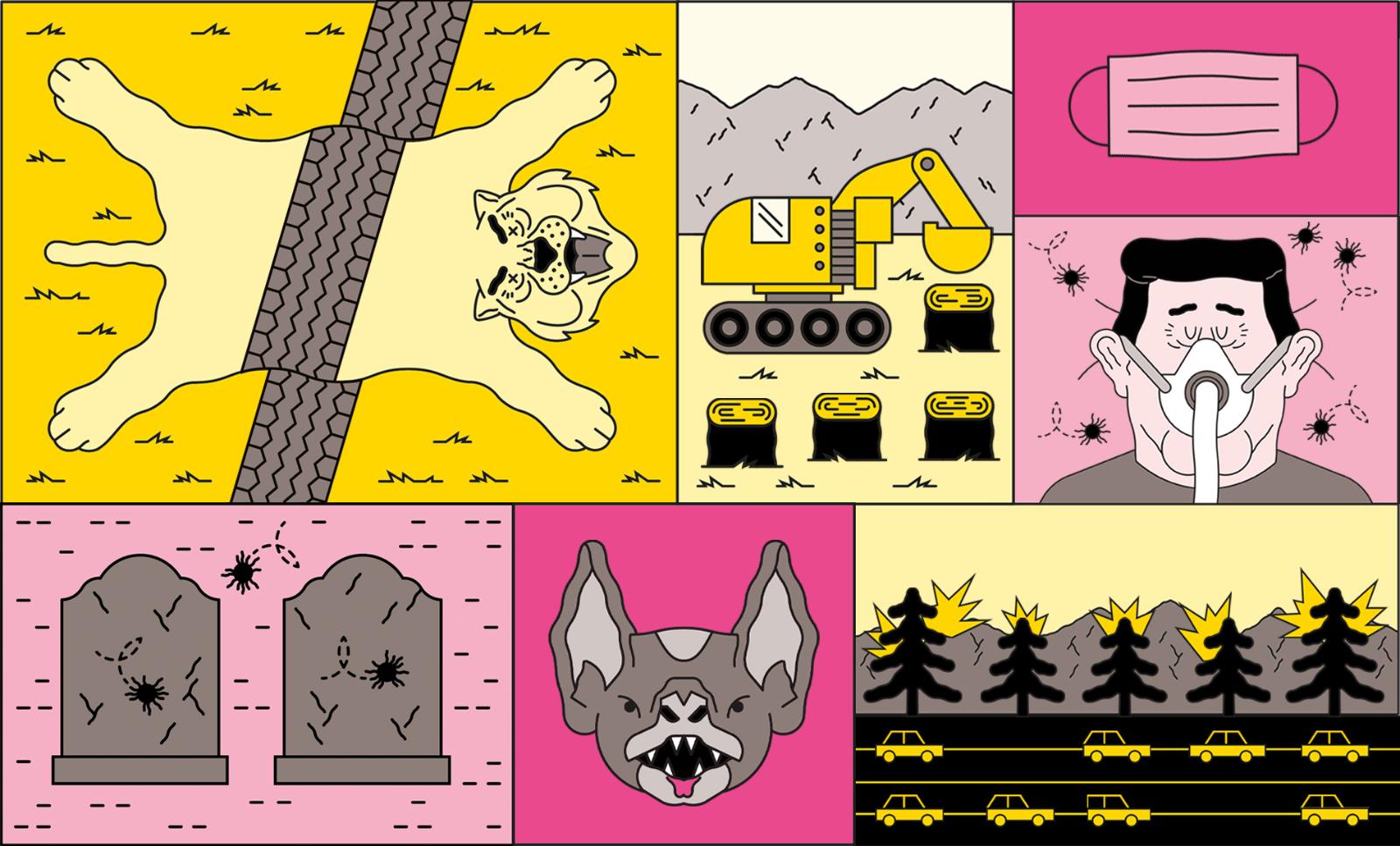
Everyone's cheering the coming of AGI like it's a utopian milestone. But if you study macro trends & history, it looks more like the spark that turns today’s polycrisis into a global wildfire. Think Mad Max, not Star Trek. How are you preparing?
We’re like medieval farmers staring blankly as a car barrels toward us at 200 km/h—no clue what it is, so we don’t react. Monkeys gazing into the rearview mirror of history while the future accelerates exponentially. And shit is about to hit the fan majorly.
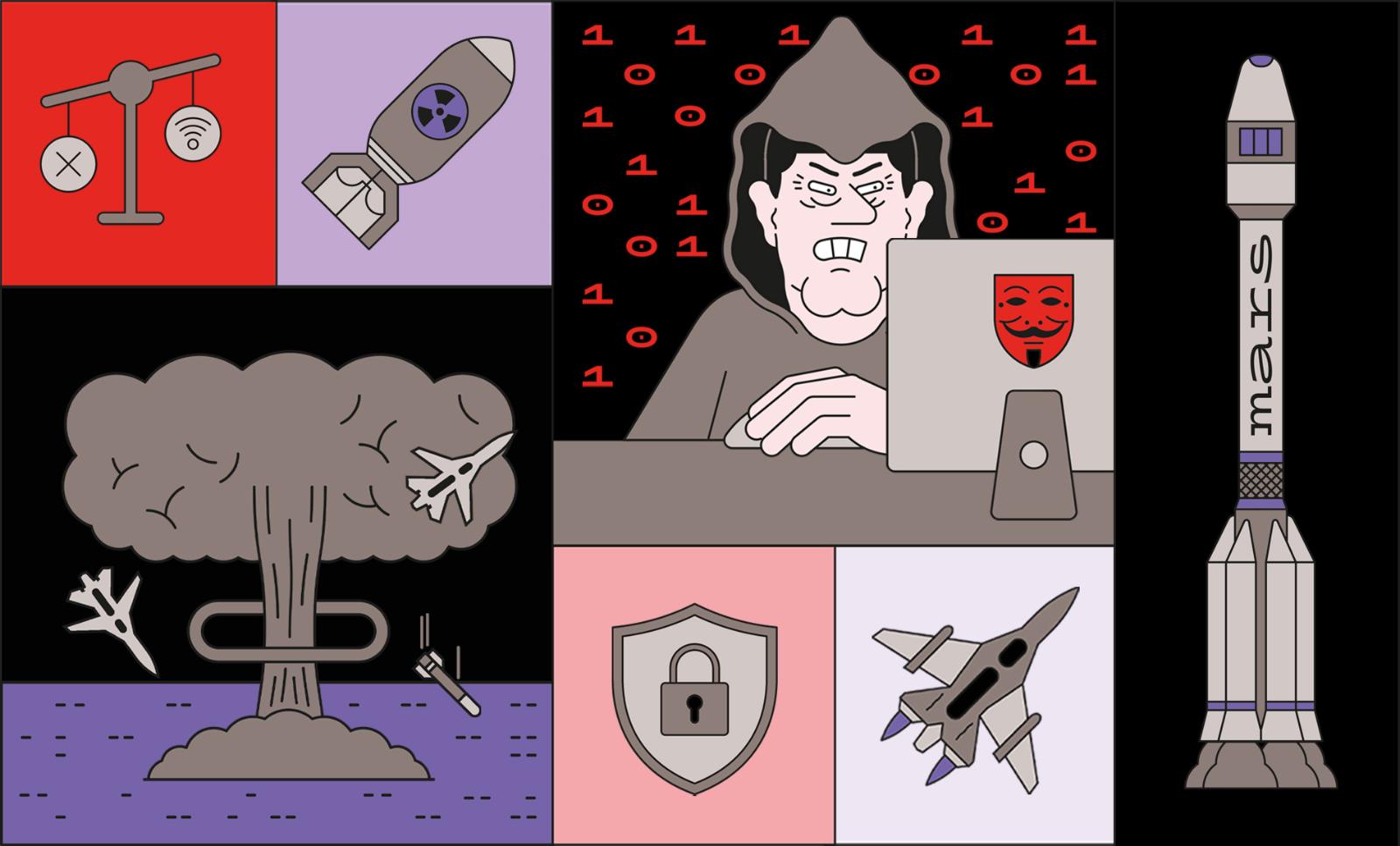
Have a conversation with your LLM starting with this prompt: "Explore the most pressing crisis & challenges that face humanity in 2025." after some exploration ask: "Make a comprehensive risk assessment. Tell me what the likelihoods of things going terrible wrong" .

GROK?
"NSA whistleblower Edward Snowden in 2014 revealed the NSA’s use of a tool or malware named "GROK" for keystroke logging. The Intercept article, titled "How the NSA Plans to Infect ‘Millions’ of Computers with Malware," detailed the NSA’s use of various hacking tools, including GROK, as part of its surveillance operations"


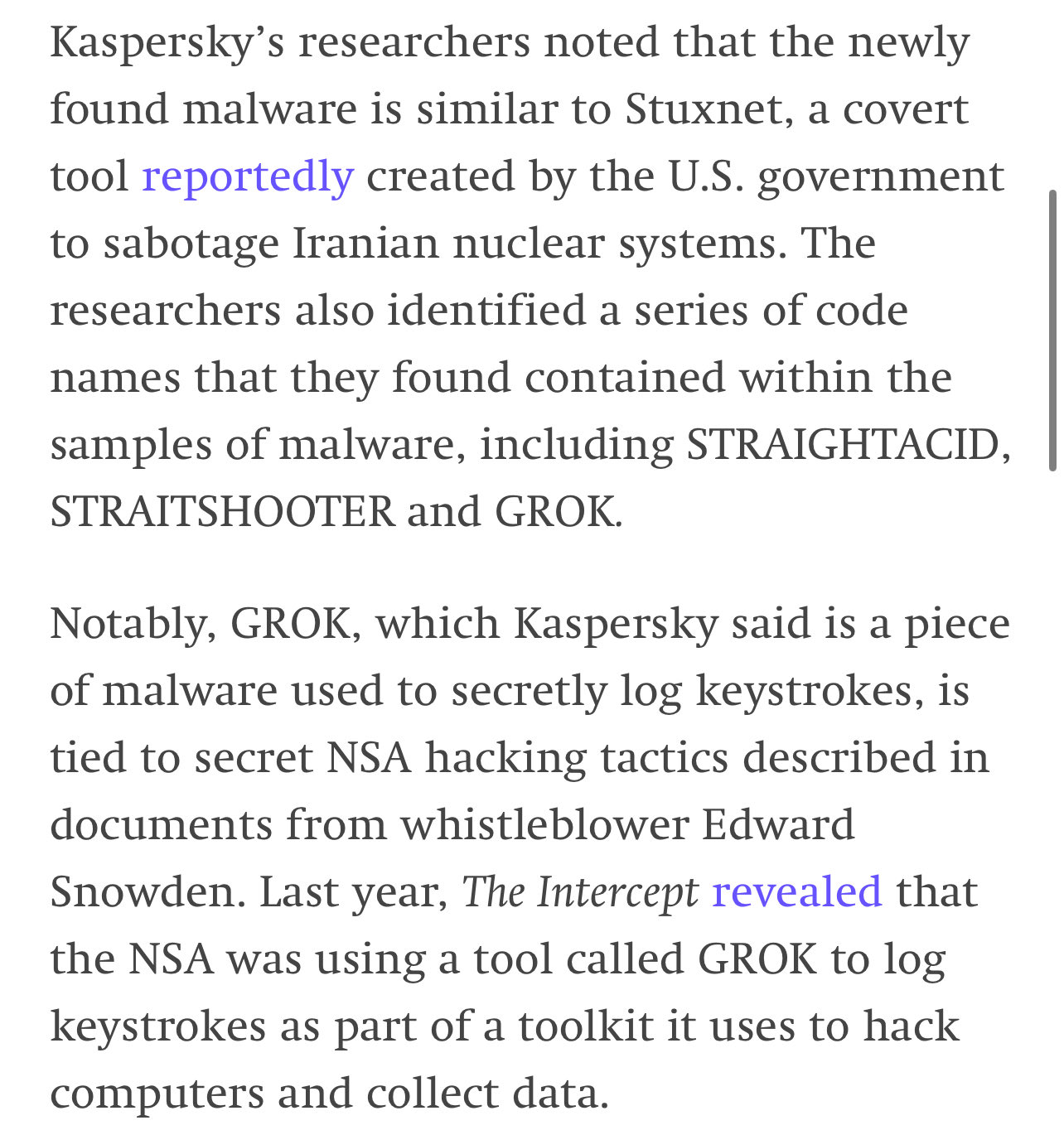
$PLTR made a Net Profit of $77 Million last quarter. $55 Million of that Net Profit was from Interest. $PLTR made $22 Million Net profit from Operations last quarter. This is not a typo. They do not make money. This is a bubble. Their Market Cap is $236 Billion on $22 Million Net Profit from Operations.
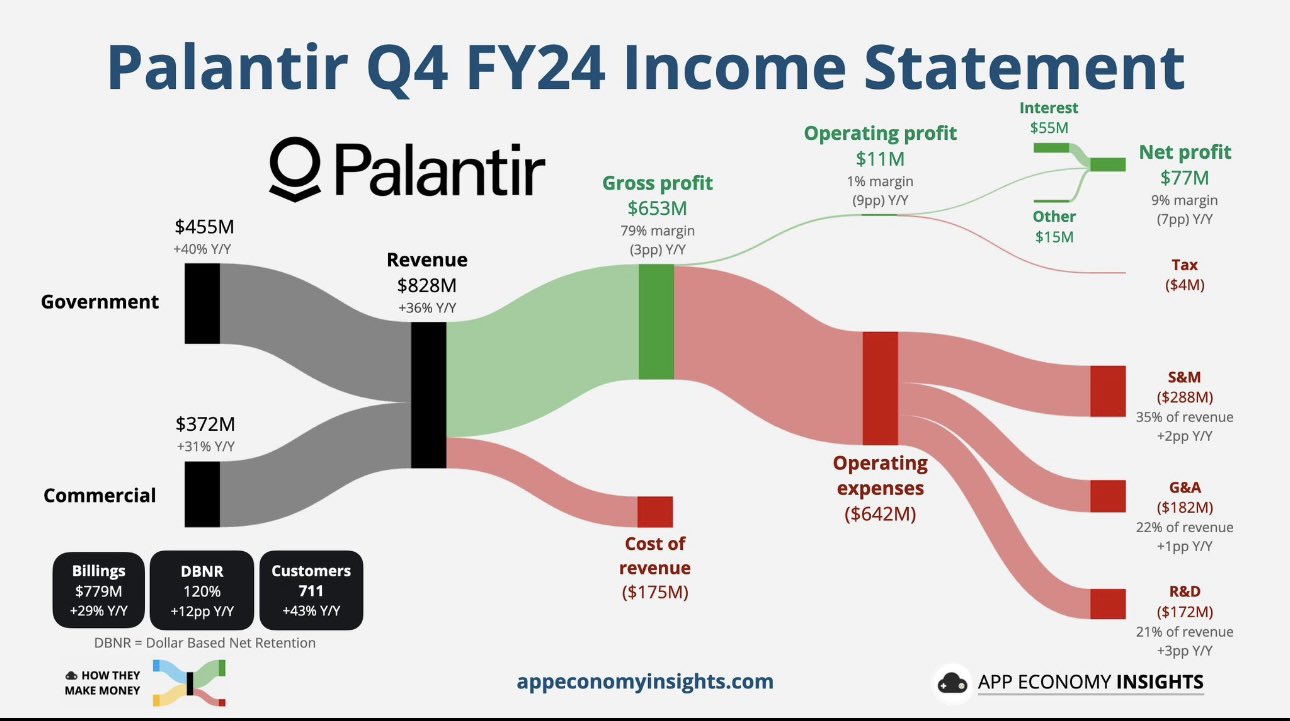
DOD DIRECTIVE 3000.09 - AUTONOMY IN WEAPON SYSTEMS
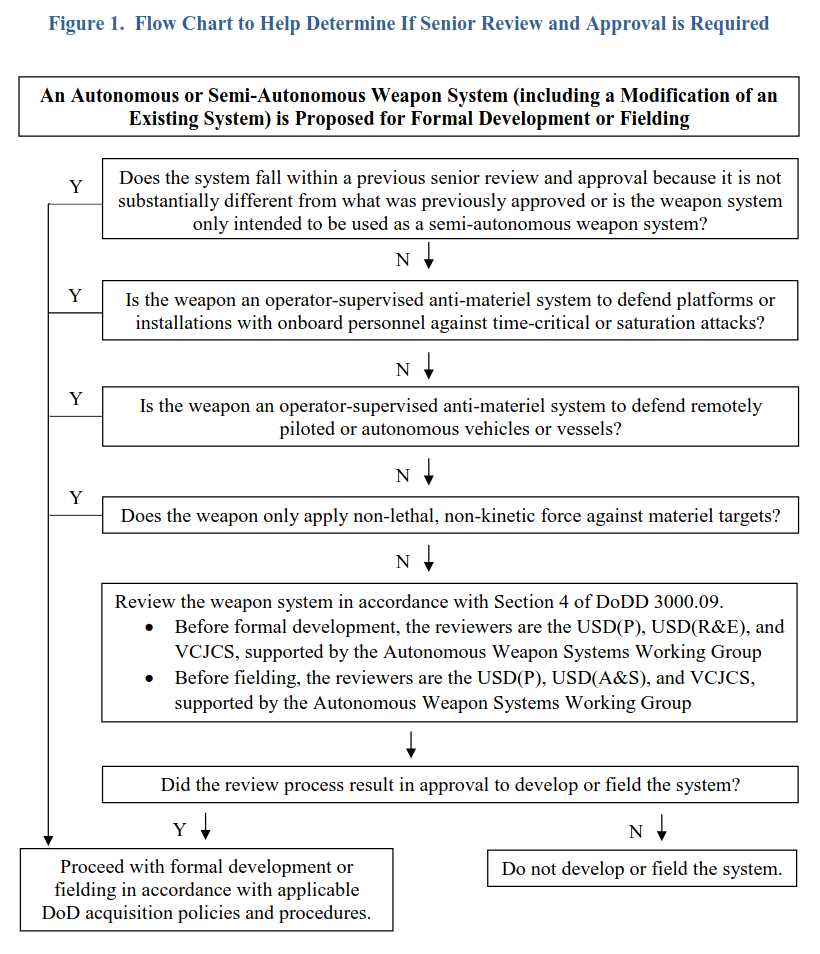
This document explains how the Department of Defense (DoD) reviews and approves new autonomous weapon systems (such as drones or robotic systems that can choose and engage targets on their own). Here's a breakdown in plain language:
1. Who Must Approve These Systems:
2. What the Review Looks For (Before Development):
3. What the Review Looks For (Before Fielding/Deployment):
4. Exceptions and Urgent Needs:
5. Guidance Tools and Support:
6. Additional Information:
In summary, the document sets up a careful, multi-step review process to ensure that any new autonomous weapon system is safe, reliable, under meaningful human control, legally sound, and ethically managed before it is developed or deployed.
Size comparison of a Spider Mite, less than 1 mm in size, and MEMS Gear (Micro-electro mechanical systems) (Image: Sandia National Laboratories)



